Pskov
Pskov is just as beautiful as Novgorod.
Both of these cities are absolutely unique in the history of Russia. A rather large state, the Novgorod Republic, formed around Novgorod, whose borders stretched all the way to somewhere near modern-day Vorkuta. The Pskov Republic was much more modest, for a long time it was part of the Novgorod Republic, and after declaring its independence, its borders did not even reach the modern-day Pskov region as part of Russia.
Together, the Novgorod and Pskov states made up Northwestern Russia.
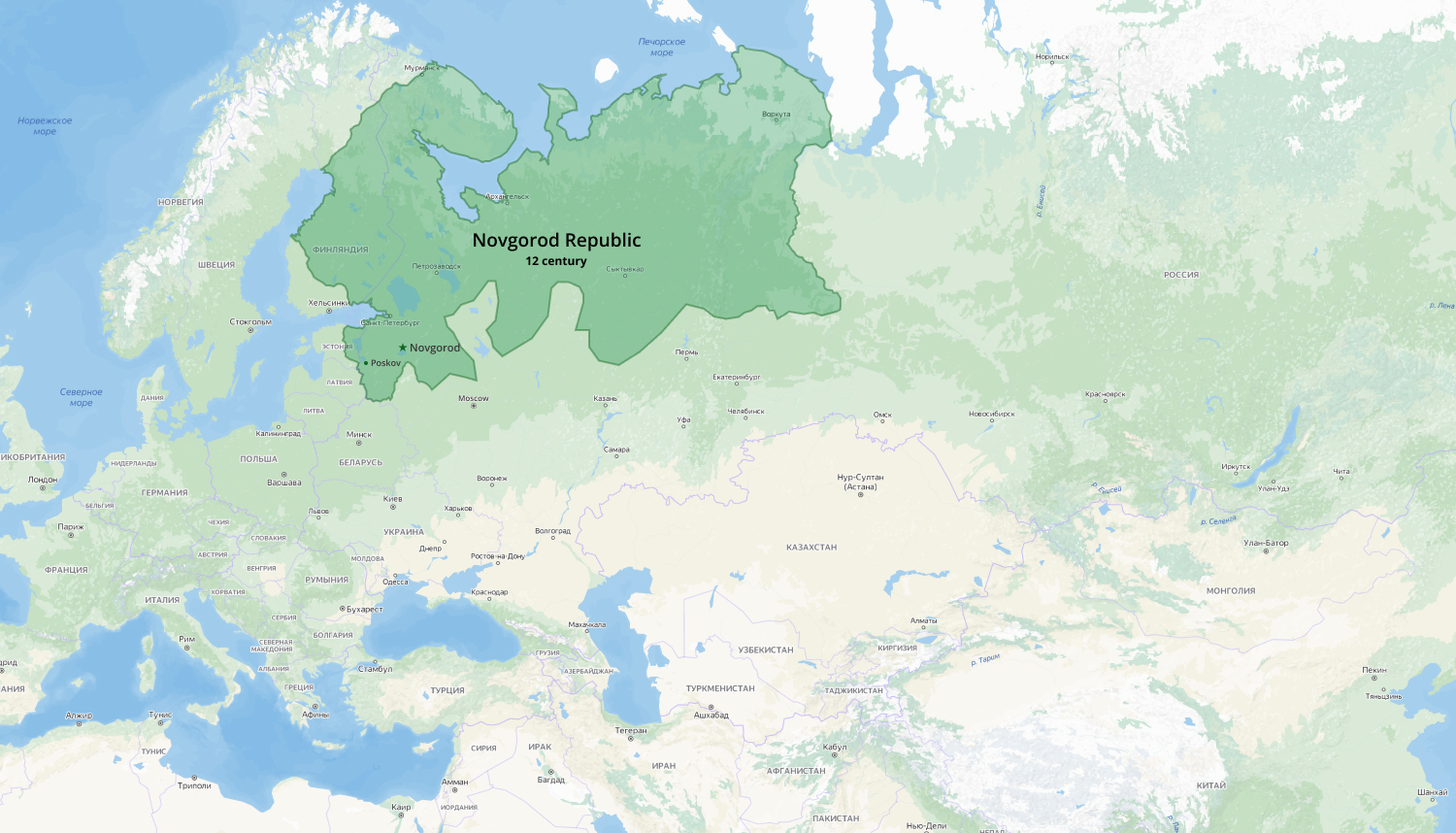
So this Northwestern Russia remained the last bastion of democracy in medieval Russia. Everything ended when the Moscow Principality, as a result of a series of conquest wars, annexed both Novgorod and Pskov to the unified Russian state built by Ivan III based on the Mongol model of governance. The Veche was abolished, local boyars were deported, and the process itself was later called “the gathering of Russian lands.”

The Veche usually took place in the square near the main city church, which was called the cathedral. In Pskov, the Veche was held in the square near the Trinity Cathedral, on the territory of the Kremlin. Behind this wall:
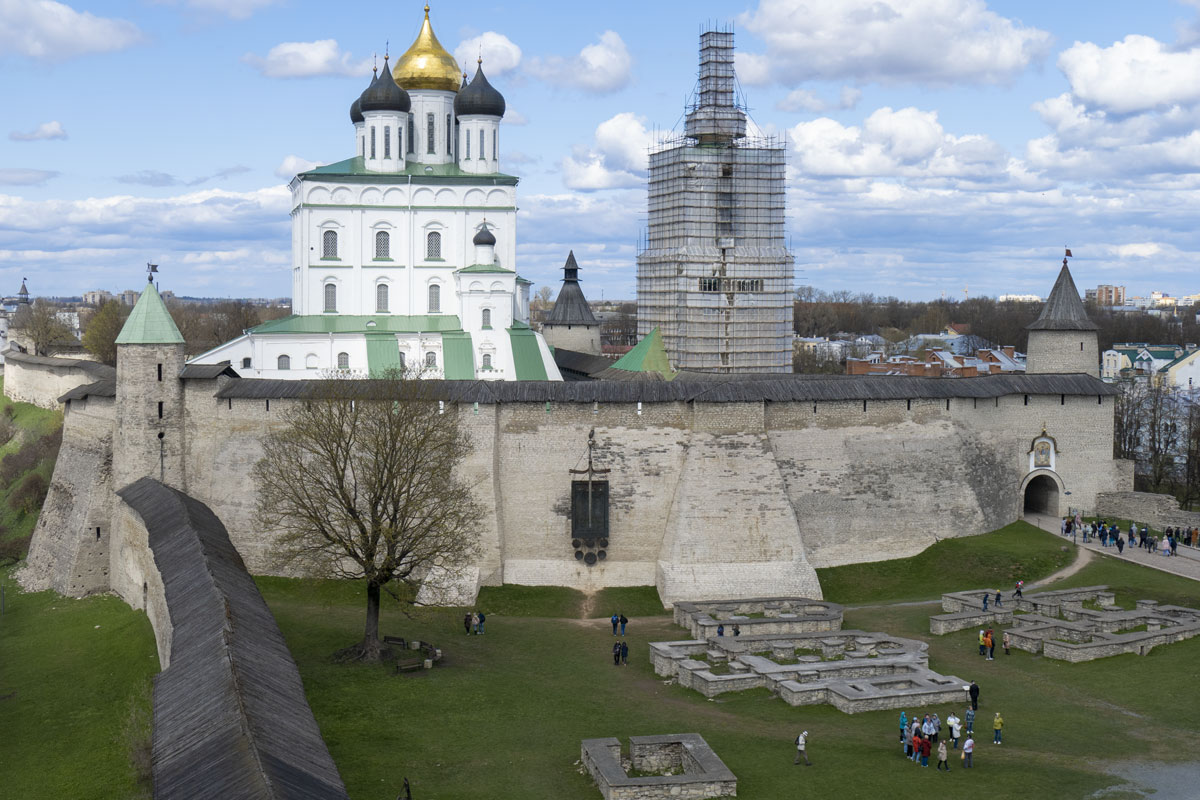
The Pskov Kremlin is something.
First of all, it, unlike all other Russian kremlins, is called “Krom.” The Old Russian root “krom” meant a secluded place suitable for shelter or storage of something. From this root came the words “zakroma” and “ukromny.”
Secondly, the Pskov Krom looks more like some European fortress than a typical Russian Kremlin. For example, the sword of Prince Dovmont, a local Lithuanian authority of the 13th century, hangs on the wall of Krom.
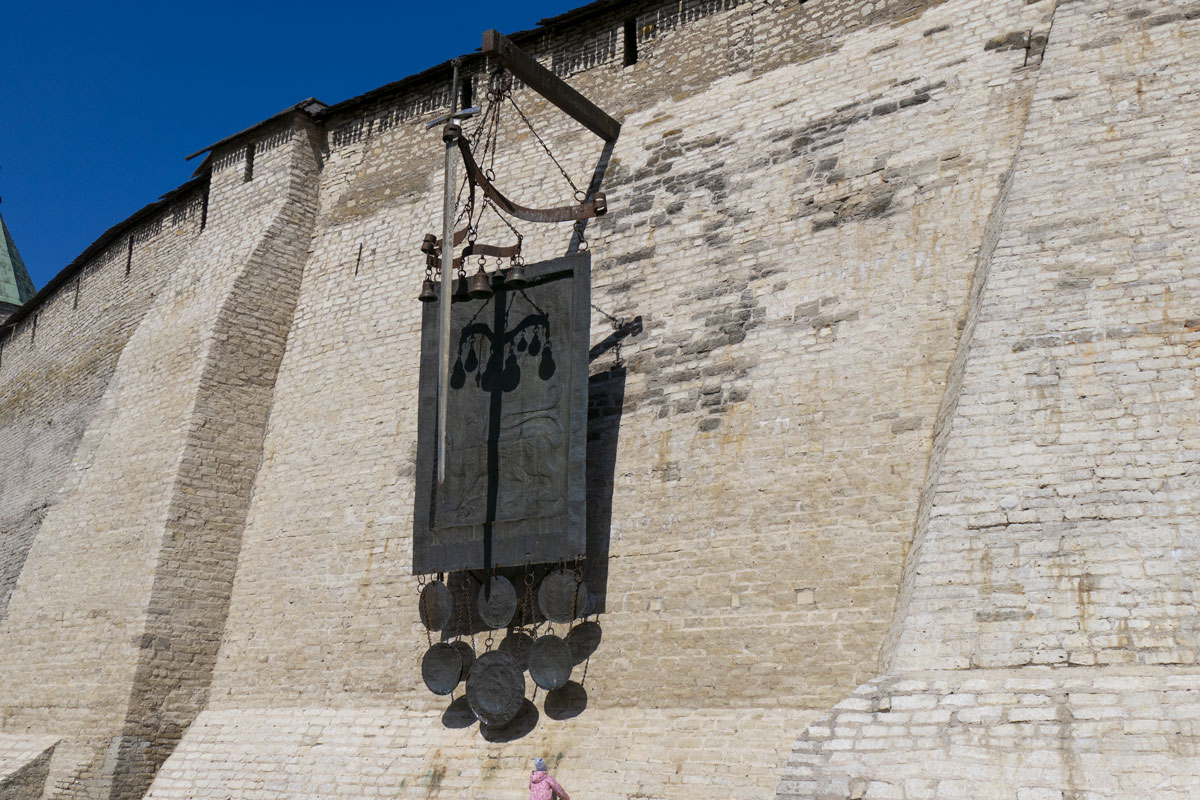
At the foot lies the remains of a medieval foundation. It seems that there were nineteen churches here until they were all demolished in the 17th century and a heap of garbage was piled on top, which was only cleared away in 1886 when restoration work began.

Before that, the Pskov intelligentsia freely wallowed in the ruins of the ancient temple and talked about the devastation.

They say there was so much garbage that even the gates had to be cleared.

But they found a huge number of artifacts. A museum has been opened in the former Orderly Chambers next to the Kremlin, where you can find handwritten scrolls of Pskov laws, books, and birchbark tablets.
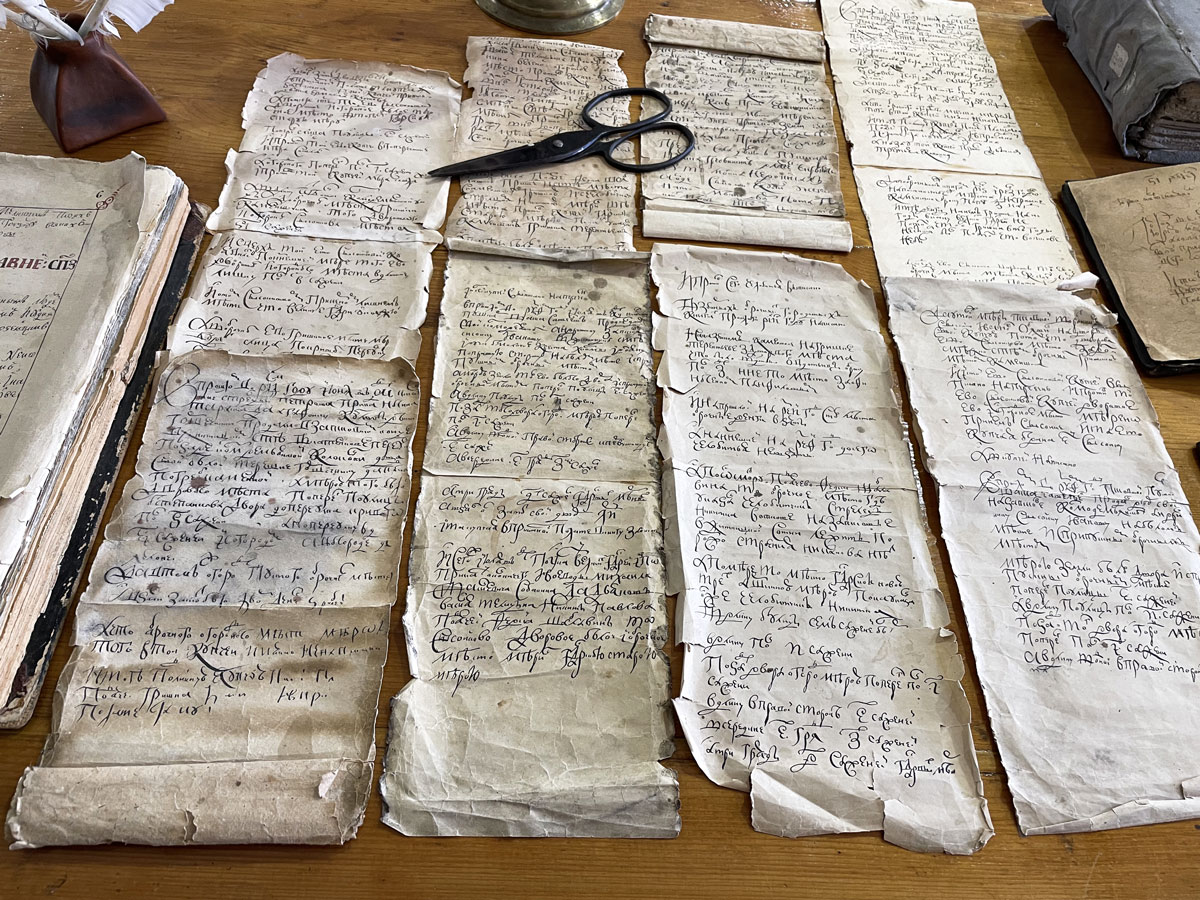


Entrance to the Kremlin.

Inside is the cathedral. The Veche took place right in front of it.

The Pskov Kremlin is open for everyone to enter without a ticket.
Once the Moscow Kremlin was also open to everyone. It was as usual ruined by the Bolsheviks, who turned the Kremlin from a historical center of the city into a dormitory for the Soviet nomenklatura. They demolished monasteries, introduced passes, and divided apartments in the Grand Kremlin Palace.
It was only Khrushchev in 1955 who swept away Stalin’s shabby stuff from the Kremlin and allowed free visits with a tour. It was truly possible to freely enter the Kremlin in the 90s, but then the restoration of the Chekist regime began, and entry into the Kremlin again became available only with tickets and baggage checks.
So, there is nothing like this in Pskov: the Kremlin here is just a part of the city, as it should be.
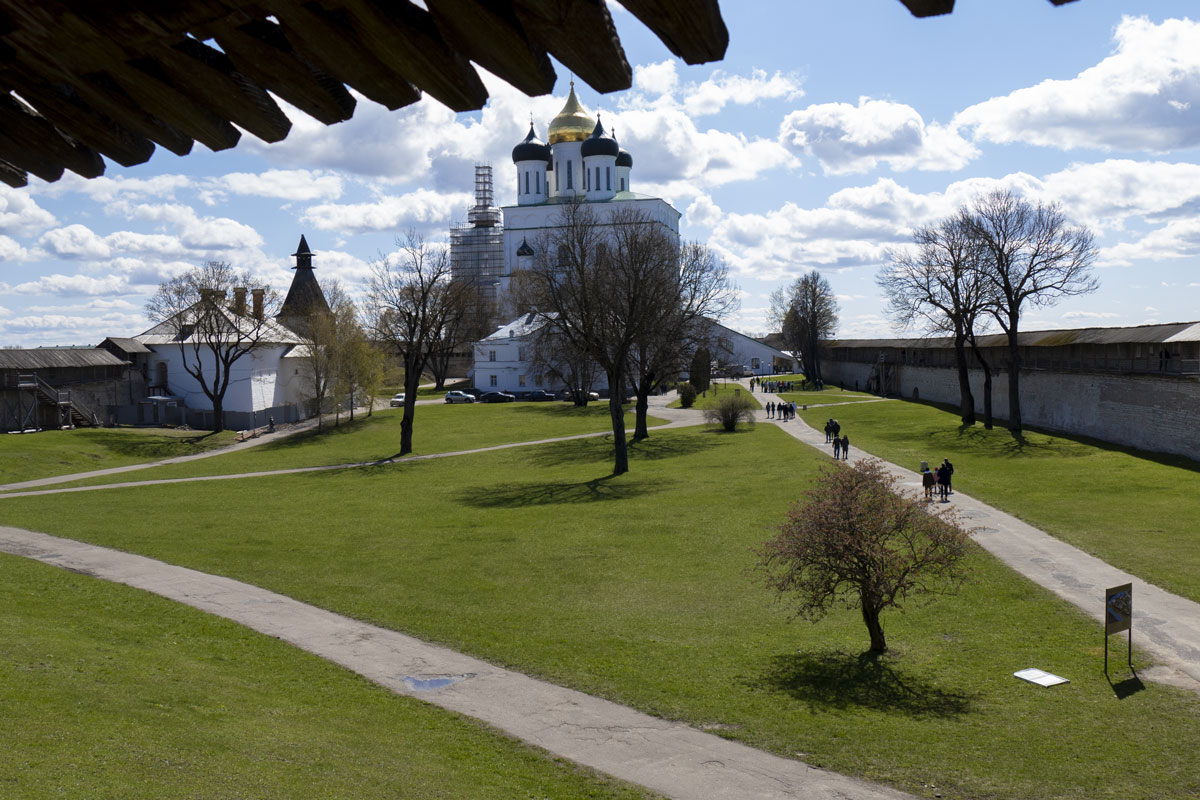
Freedom is felt in the air throughout the city. Pskov is not at all like Moscow or any other city in Russia. Perhaps only Novgorod or Smolensk are similar.


No patrols, guards, buzzing highways — there is absolutely nothing.



Meanwhile, the city is modern. In 1928, part of the wall collapsed on one of the towers. So, in 2020, they came up with the idea to restore it and made it out of tempered glass.
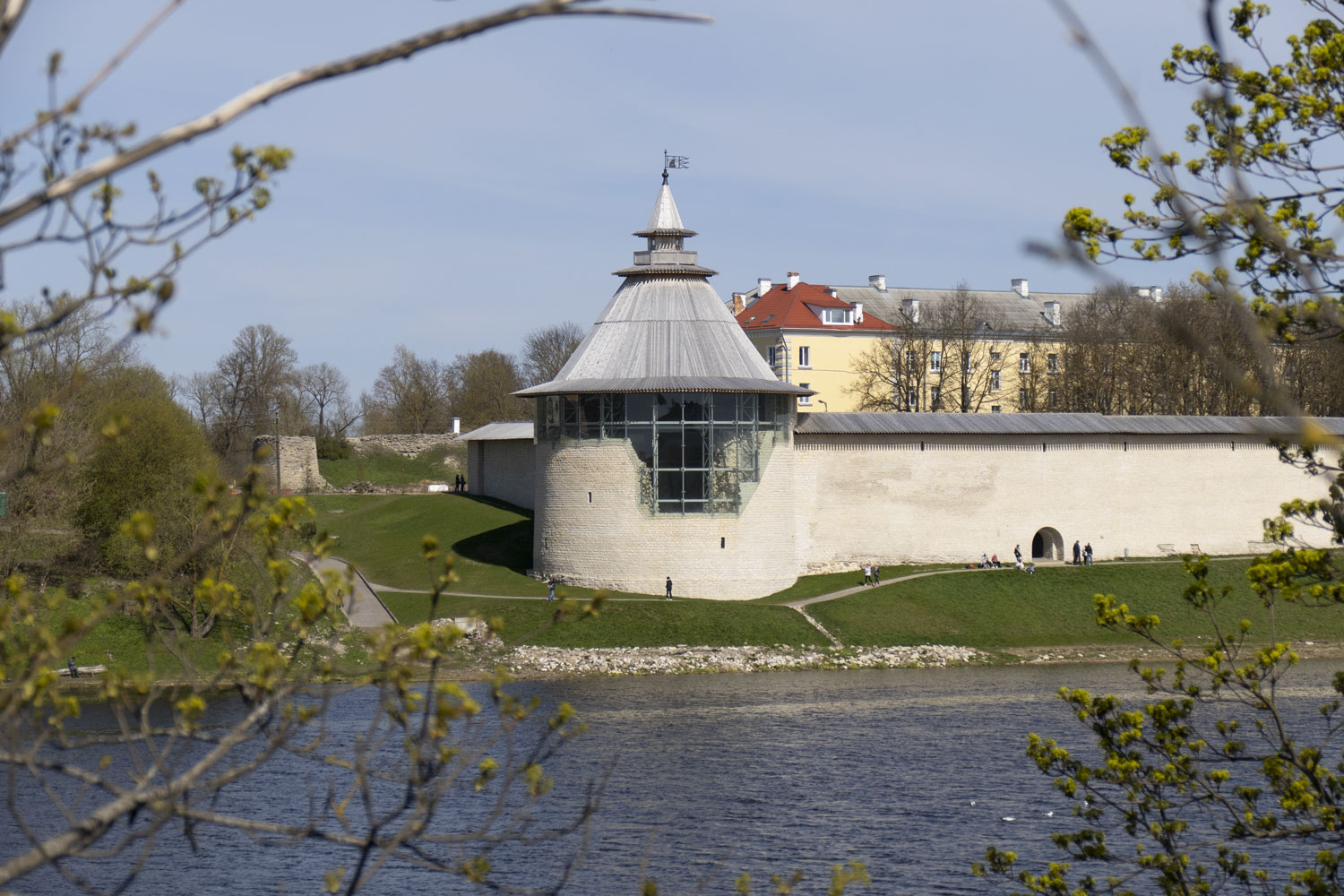
It’s just mind-blowing, something you can only imagine in Germany. It’s absolute cyberpunk — Half-Life and the Machine Uprising. Inside the tower is a museum.

Or there is a church in the city with strange domes.

You approach — and there... oh my goodness! They opened an observatory in the church!

Pskov Planetarium has its own website, and they regularly hold classes for children. God forbid the priests extort anyone.

That’s regarding history. Modern Pskov is, well, dilapidated. In the center, next to the Kremlin, there is Pskov State University, from the windows of which there is a beautiful view of an asphalt lake and a monument to a politician who died 100 years ago from syphilis.

A very decent city theater.

A very indecent flea market.

Courtyards in the city center. There are almost no good ones.


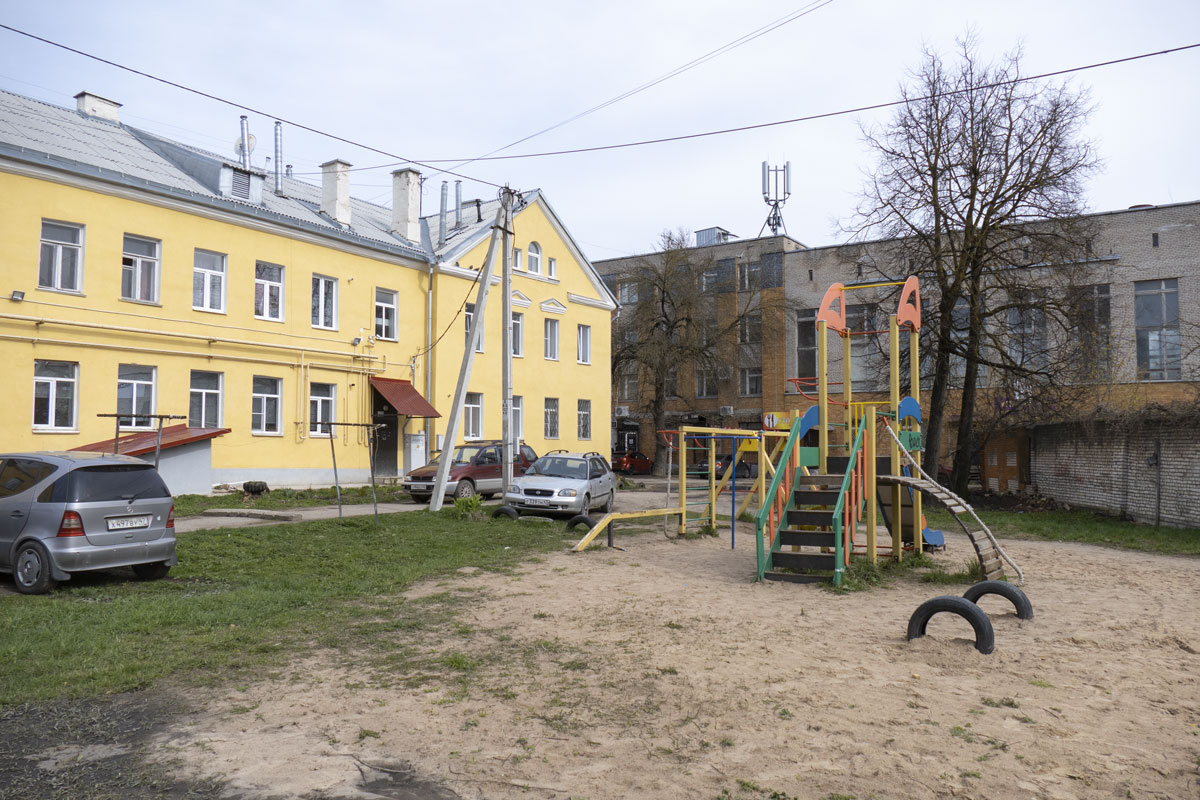
In the new part of the city, everything is really bad. Panel buildings, absolutely gypsy-like clutter, rusty garages, some pipes.
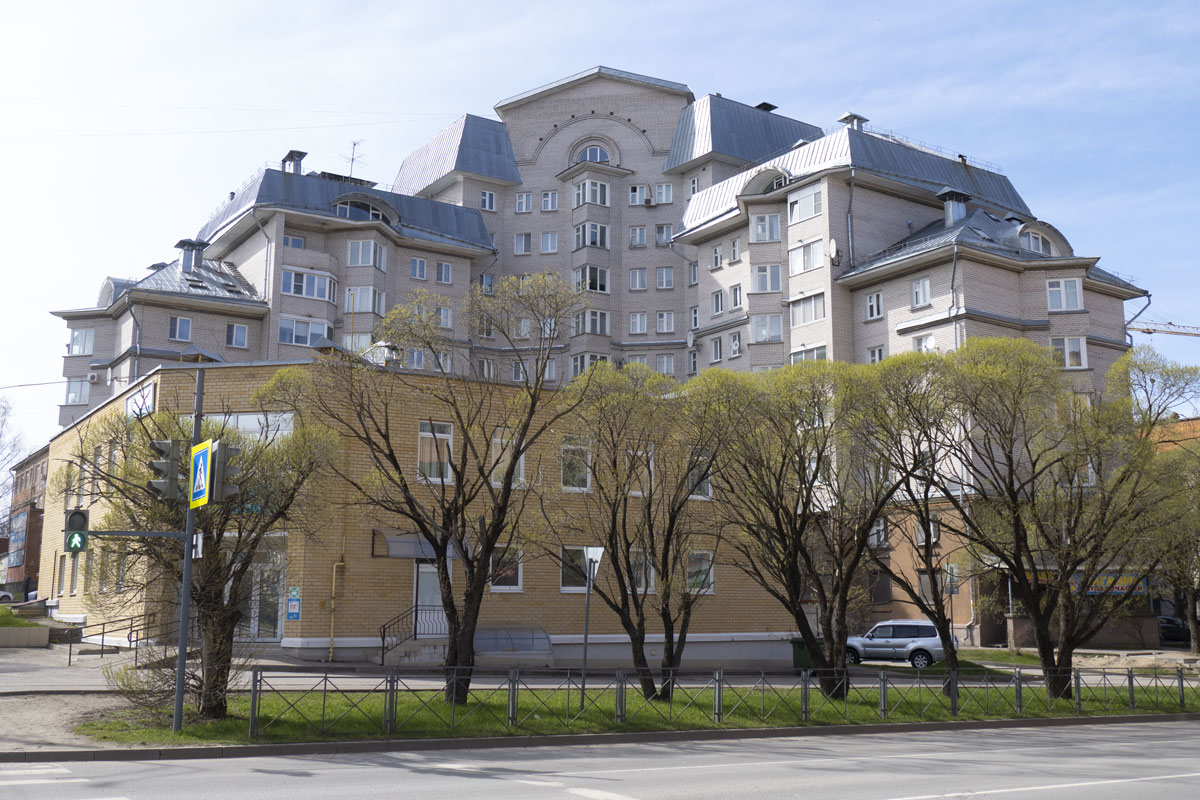
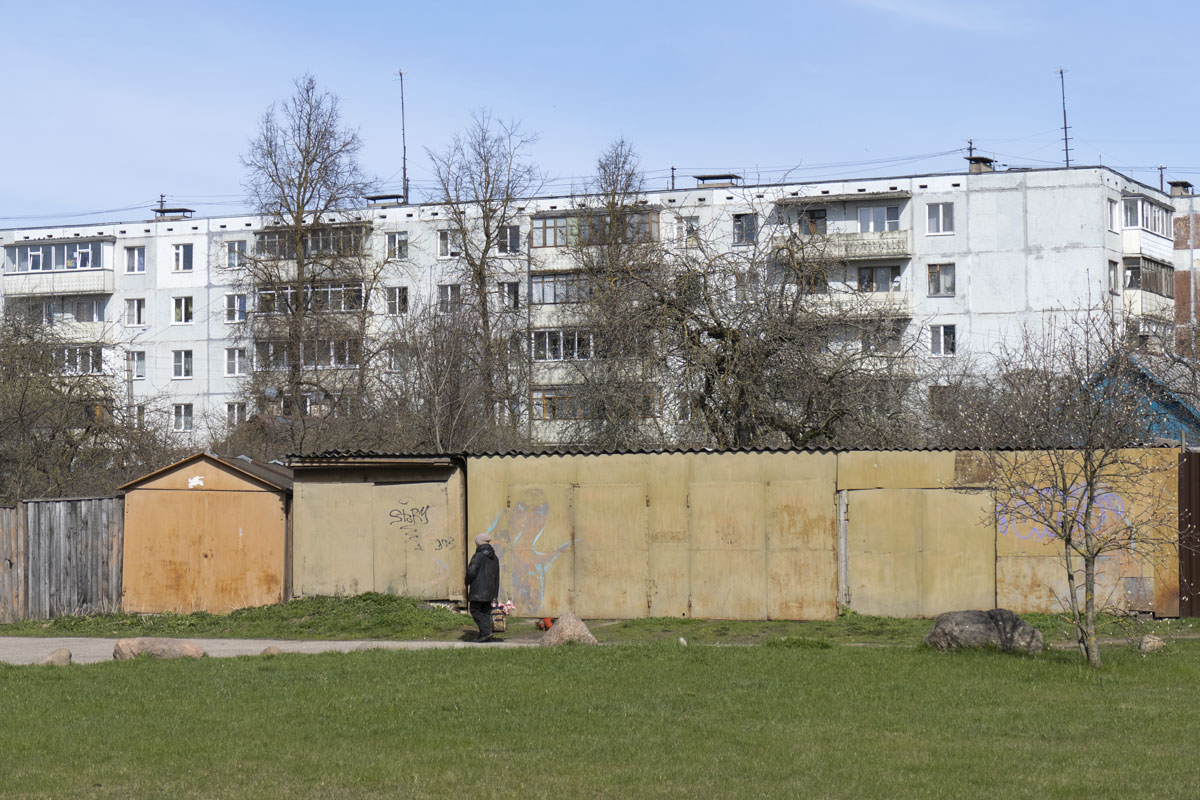
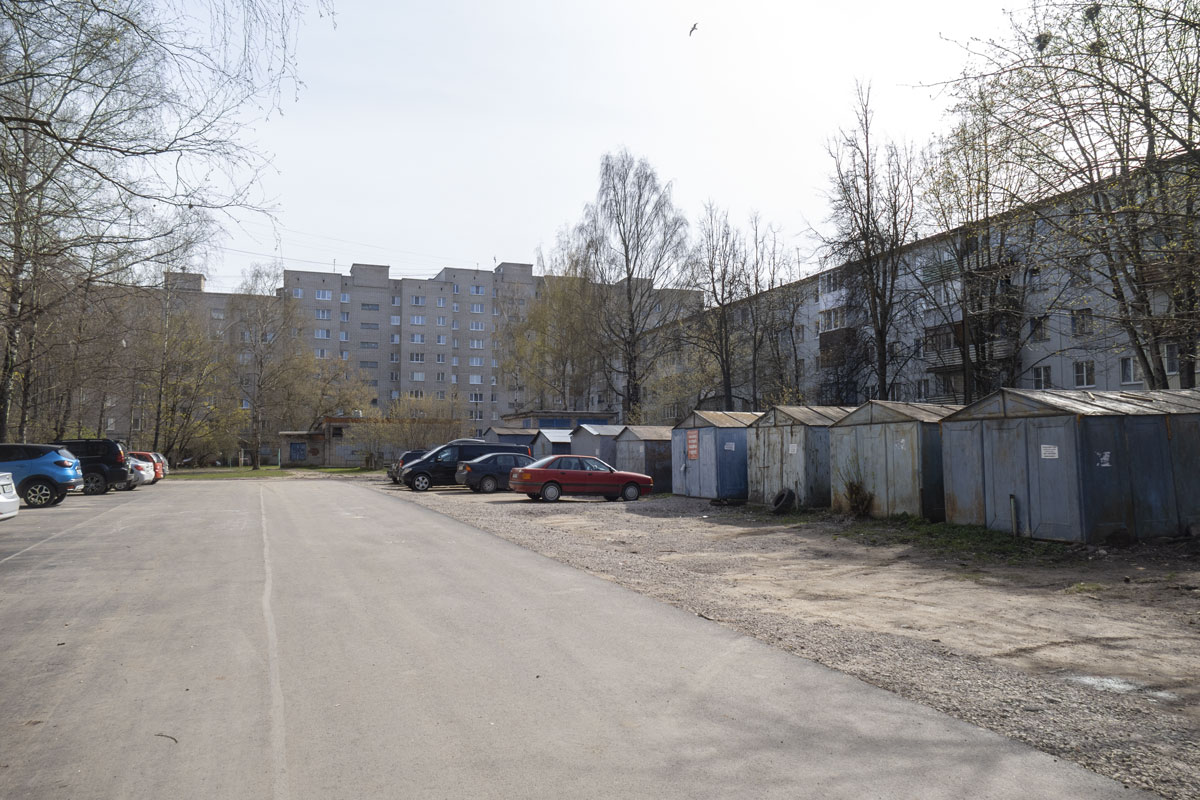
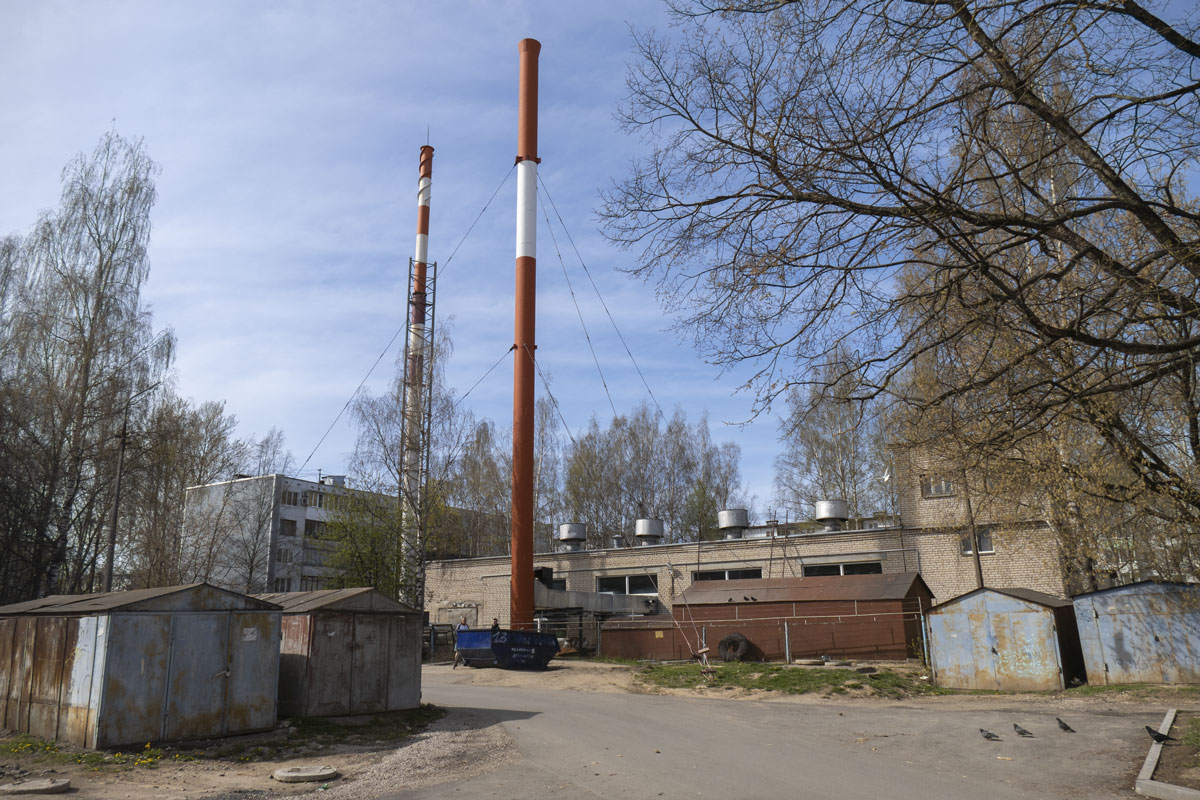
One of the few pleasant streets is Pushkin Street. Short, about two hundred meters.


An awesome Soviet coat of arms has been preserved on the House of Trade Unions.

Many historical buildings are decaying and falling apart.

Remnants of the old fortress wall.

In Pskov, there are absolutely exquisite Pogankin Chambers — a piece of the courtyard of a Pskov oligarch from the 17th century.
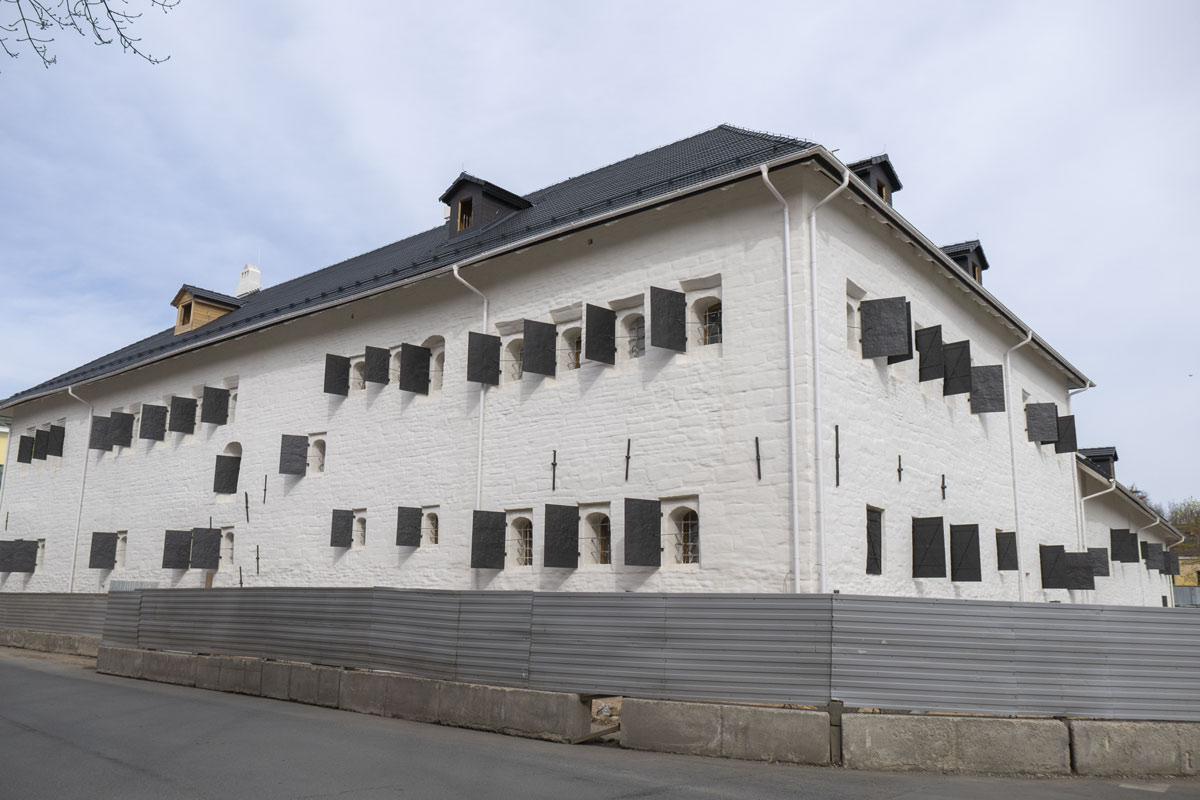
The Pogankin Chambers are a cultural heritage site of federal significance. Therefore, even modern merchants did not have enough money to open any restaurant or hotel in it. That’s why they built the “Dvor Pozdnoeva” restaurant complex in the same style next to the chambers.
It should be said that the forgery looks very convincing. At first glance, it’s hard to tell it apart from the real chambers.
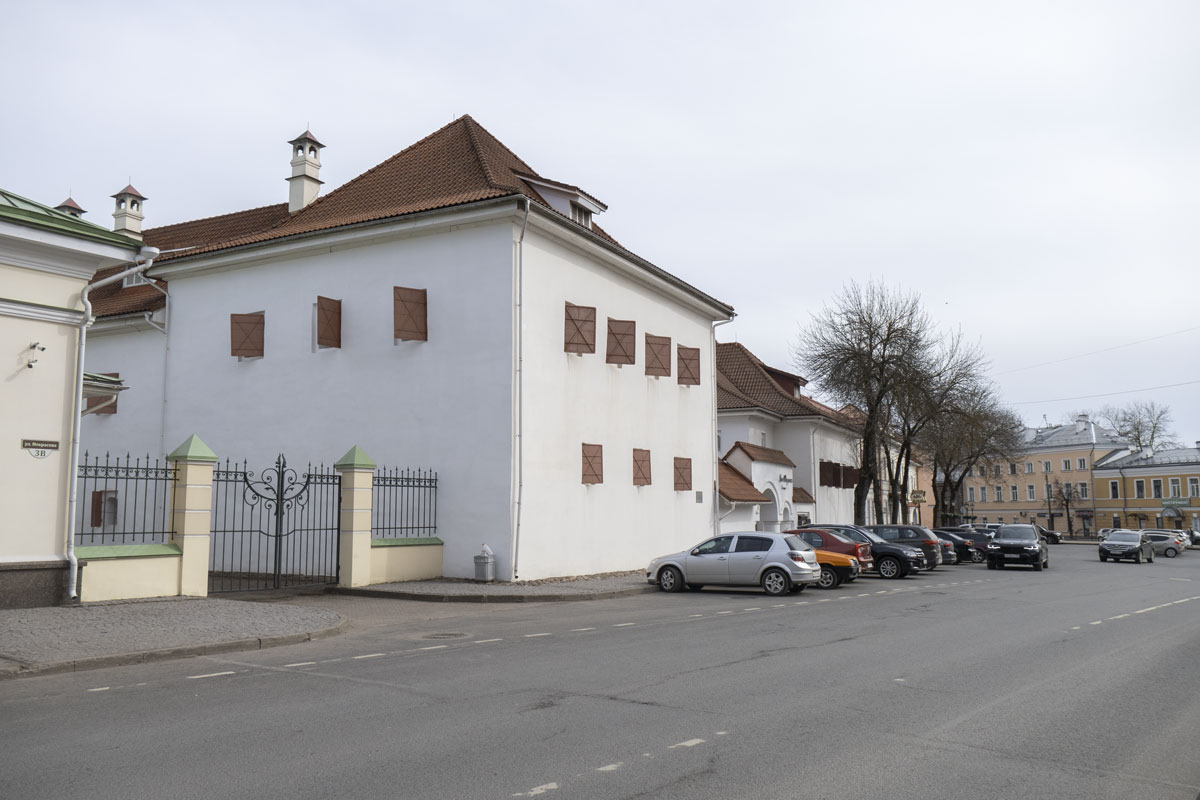
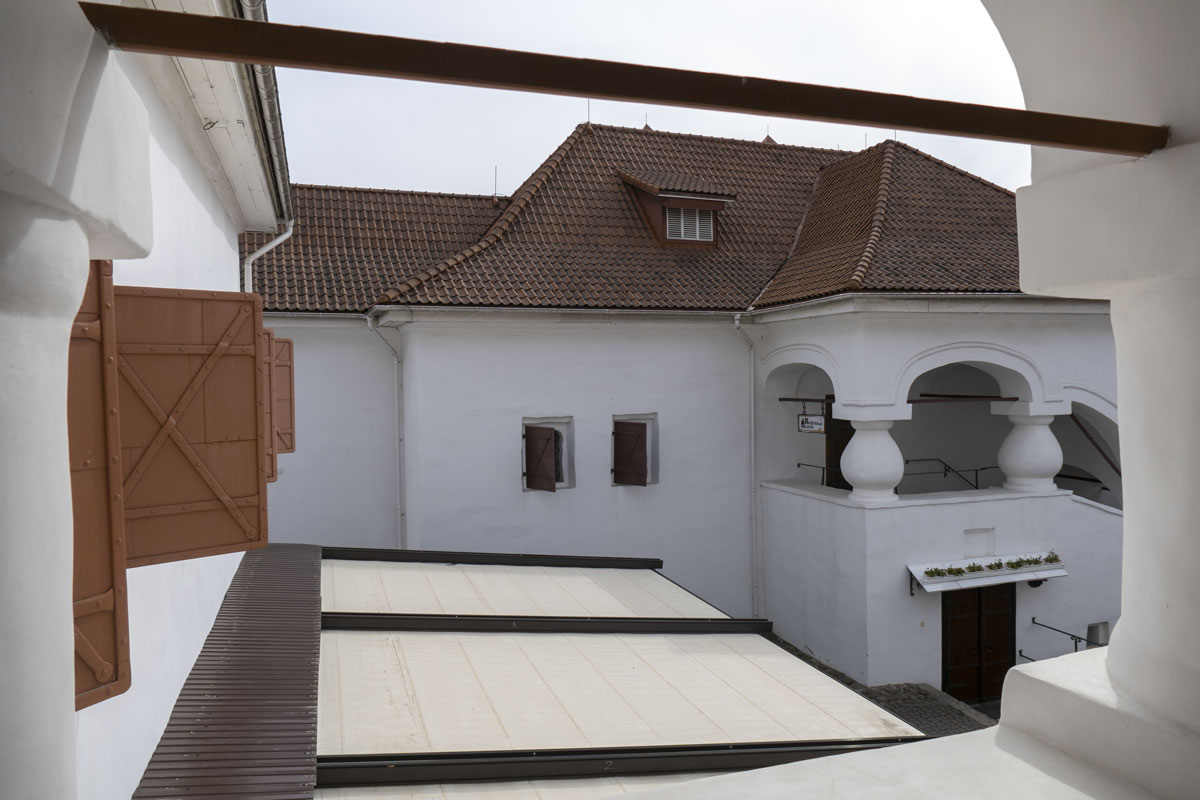
So, in this restaurant, the decor is really mind-blowing. The owners have painstakingly recreated something resembling the interior of imperial chambers, and in a completely canonical, stereotypical Russian style. Just take a look at this beauty:

It’s a full immersion. All the staff are dressed in traditional Russian shirts and sarafans. They address you as “sudar” and speak in complex literary constructions worse than the director of a library. The music is exclusively Russian folk or stylized, like “Kalinka.” And the food. The food!!!




This is the most expensive, elite restaurant in Pskov. Everything shown in the photos cost me, I think, 900 rubles.
Heavenly place.
Easter in Pskov
It turned out that I arrived in Pskov exactly on Easter.
Easter is an ancient Jewish holiday, the name of which comes from the word “Pesach”, which means “passed over” in translation.
According to Jewish legends, God punished the Egyptians for holding the Jews in slavery. As one of the punishments, God decided to kill all the infants in Egypt. To prevent Jewish children from being accidentally killed, the prophet Moses made a deal with God for a conditional sign: each Jewish family slaughtered a lamb and smeared its blood on the entrance door. Otherwise, God would not have guessed that Jews lived in the house, as there were no passports with a column “nationality” in Egypt. So God “passed over” the Jewish houses.
Then the holiday migrated to Christianity in a strange way. Its Jewish origins are felt: Easter is celebrated according to the lunar calendar, so the date is different every year.
The service took place in the Trinity Cathedral. The entrance to the Kremlin territory was closed in advance by police and a frame was set up. It was a simple one. It was an ordinary “staple,” and not many people were checking things, although thousands of Orthodox Christians from all over the city came for the procession.
The entrance gates leading to the Krom looked even more otherworldly at night. They even looked ominous. The gray granite walls resembled not a Kremlin, but a medieval English castle. The city of Pskov turned into the County of Pskov.
But in the Trinity Cathedral, Russia remained Russia. There was still an hour left before Easter night, but there were already many people in the temple. Several people, it seemed, were oddly dressed and constantly looking around, as if searching for someone. A bald, skinny man in a long black coat with a blunt, angry face and a broken nose passed by me. He stopped. Turned around and looked at me and my camera. Looked around and walked on. A few minutes later, he passed by me again, now examining another photographer.
So he kept pacing back and forth, and for some reason I remembered the stories about NKVD agents who worked as professional priests in Soviet times. The thought that a person in a coat could be a secret agent at first amused me, but then another one appeared just like him. He approached the first one, whispered something in his ear, and left. Then he approached the priest and whispered something to him. The priest nodded approvingly and disappeared behind the altar.
The temple was indeed patrolled by the secret services! But why?
It was dark inside the temple. When it was getting close to midnight and a decent crowd had gathered to watch the Easter show, various types of priests started crawling out of the cracks in the altar, all dressed in white robes. Two young priests, about eighteen years old, passed each other and bumped fists and snapped their fingers as rappers greet each other. One of them took a ladder, approached a column with hanging icons, and slowly lit candles in the hanging candlesticks one by one. It didn’t get any brighter, and the whole performance resembled preparation for the summer series of the game “What? Where? When?”
At the far end of the hall, strange patterned gates were visible, reminiscent of the opening credits of “Wild Kingdom,” behind which dim red light burned. Priests came and brought a wooden coffin covered with a red mantle to the gates.
Suddenly, the lights in the temple turned on. The gates swung open, revealing a huge icon of Jesus Christ bathed in light.

I was so taken aback that I even lost my sense of orientation, and the priests deftly lifted the coffin onto their shoulders and carried it through the gates, which smoothly closed on their own and were covered with a red curtain, like at the end of a puppet show.
And what was that?
Of course, every element in the temple has a name. There are probably so many church terms that hardly any priest remembers them all. The gates are called the “Royal Gates,” which symbolize the gates of heaven. Behind them is the altar — the main part of the temple. Altar, translated from Latin, means “sacrificial table” and originally meant the place in a mobile Jewish temple (and before that, in paganism) where sacrifices were made, usually in the form of lambs. In Old Slavonic, a lamb was called “agnez.” With the advent of Christianity, sacrifices ceased to be offered, and the altar became part of the altar and acquired symbolic significance: Jesus Christ himself became the last sacrifice, which is why he is called the “Lamb of God.”
There is a throne next to the altar. Essentially, it’s a regular table covered with two layers of tablecloths, the upper one of which is red and symbolizes the shroud — the burial cloth of Jesus Christ. In the throne of any Orthodox church, there is always a particle of the relics of some saint. For example, in the Pskov Cathedral, the relics of Prince Dovmont are kept. On the actual throne, there is a cross, a lamp, and a fresh copy of the Gospel.
That altar with the throne is visible through the gates, but ordinary churchgoers are not allowed to enter there. The ritual with the coffin performed by the priests is called “Polunochinitsa” and reminds believers of the supposed “Second Coming.”
The doors closed. The lights in the temple went out again, and silence lasted for about ten minutes when suddenly the lights turned back on, the doors swung open sharply, and a church procession shot out of them at cosmic speed. It looked like a comet. Icons and crosses shone in its head, while its tail consisted of priests and people who were being pulled along with the comet.
The procession flew past me so fast that I couldn’t even take a clear picture.

The procession flew out of the temple doors and began to circumambulate it, as if a comet was orbiting around the Sun. It was a religious procession.

The procession circled around the temple, approached the entrance, and the main priest began to sing “Christ is risen from the dead,” waving the censer. The crowd joined in singing.

After singing for about five minutes, the crowd entered inside. Then the most boring part of the service began. Priests delivered some speeches and everyone kept praying constantly.

Orthodox ceremonies are very strange. Bearded men dressed in rich clothes recite some motivational text with outdated words into a microphone.


The main “coach” has an especially thick beard and wears a hat in the form of a church dome. He looks like Karabas-Barabas. Instead of a whip, he swings a censer, and instead of luring children, he attracts fully grown adults into his sect by promising that if they obey him, they will never die.
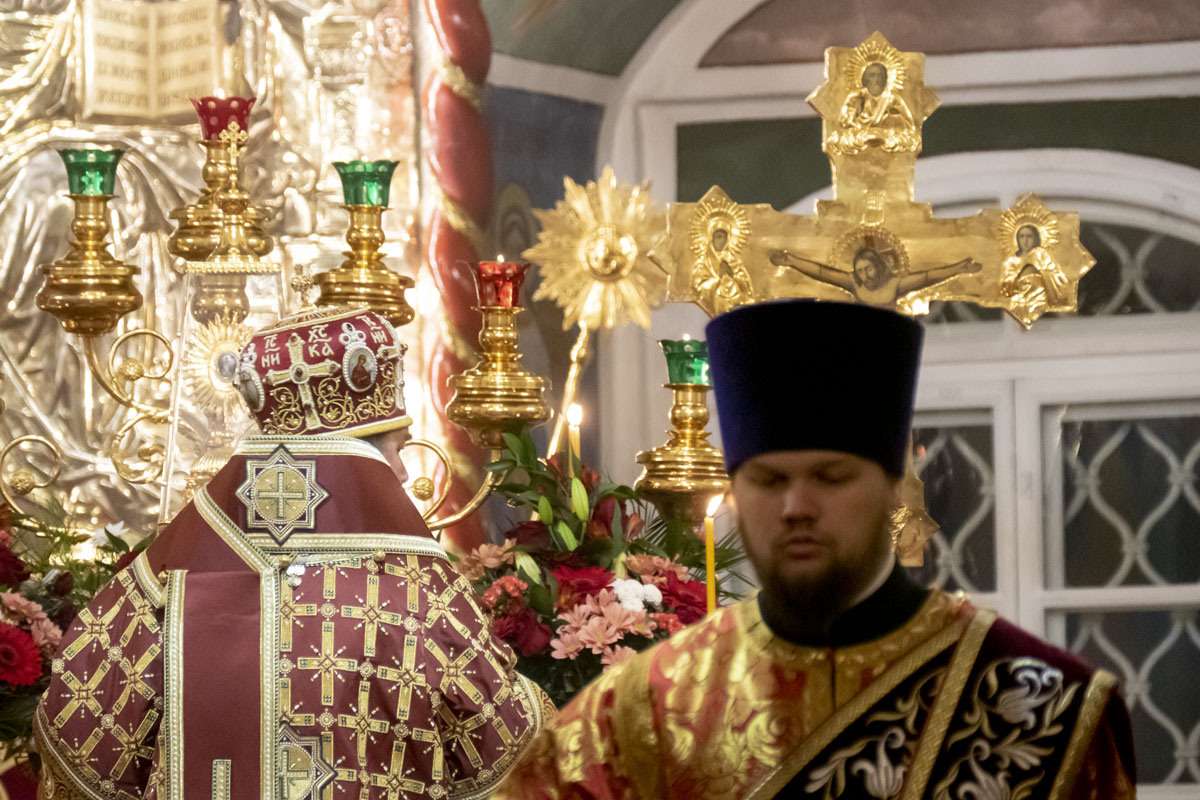
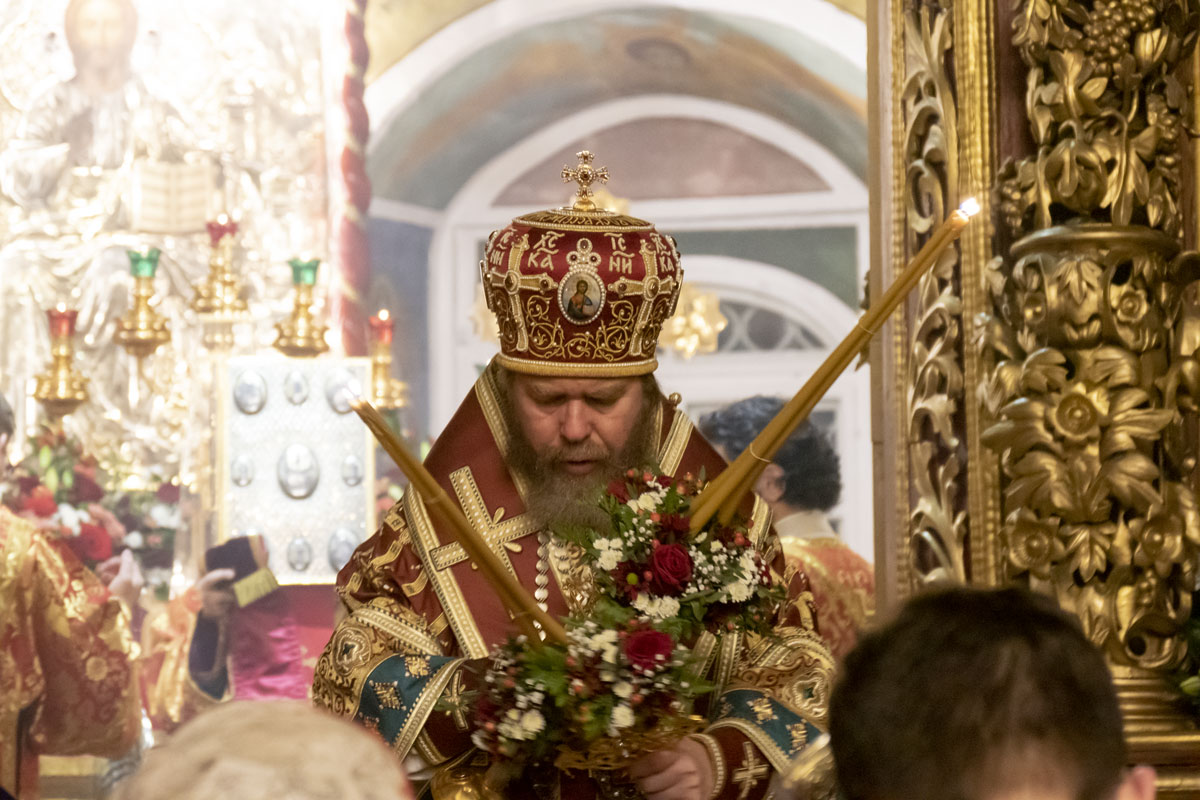
When I came back and showed the photo to my friends, they recognized Father Tikhon Shevkunov in Karabas. It turns out he is considered Putin’s personal spiritual advisor and has been working as a “holy archimandrite and hegumen” at the Pskov-Pechersky Monastery since 2018.
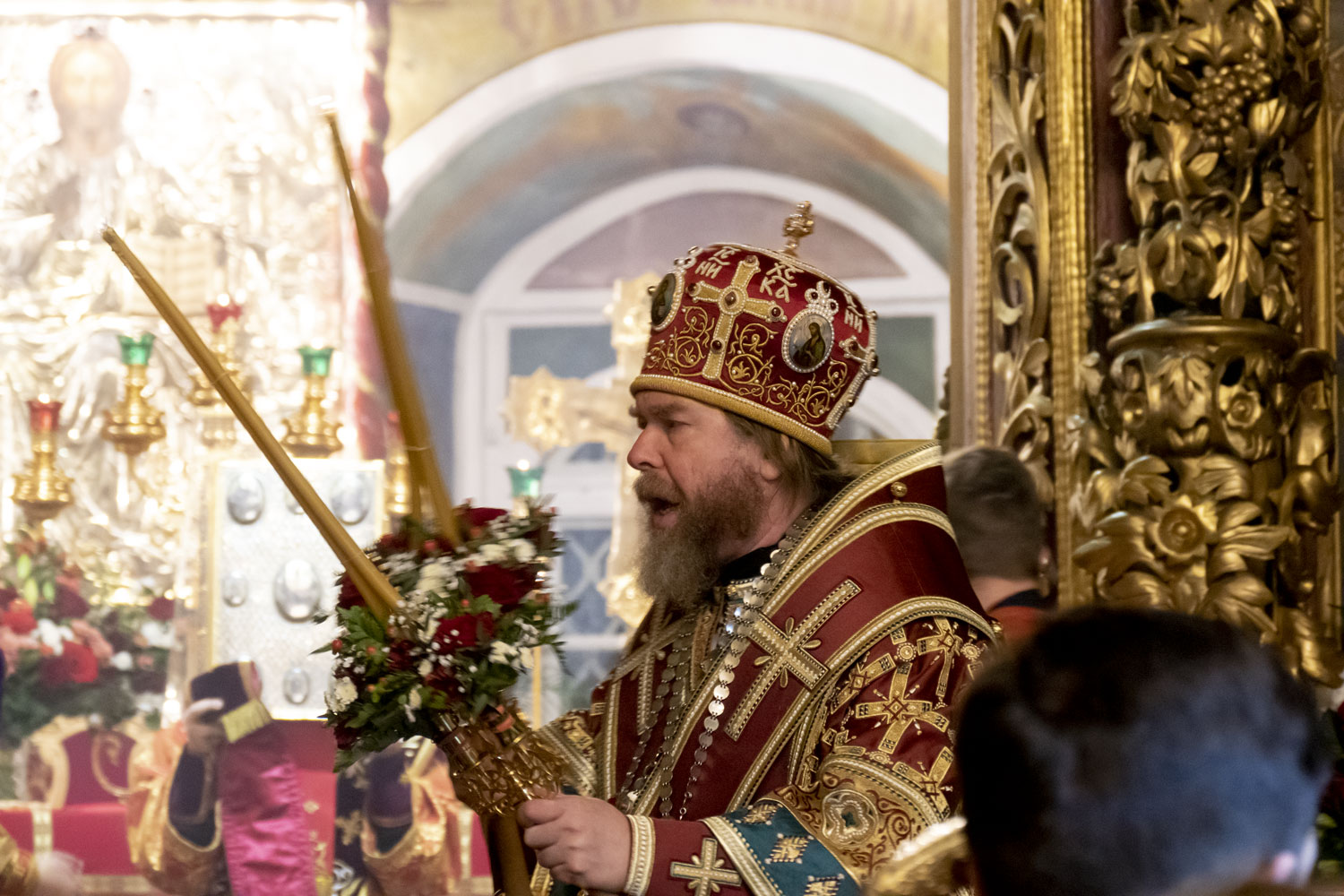
So here is an explanation for the security agents who were patrolling the church.


